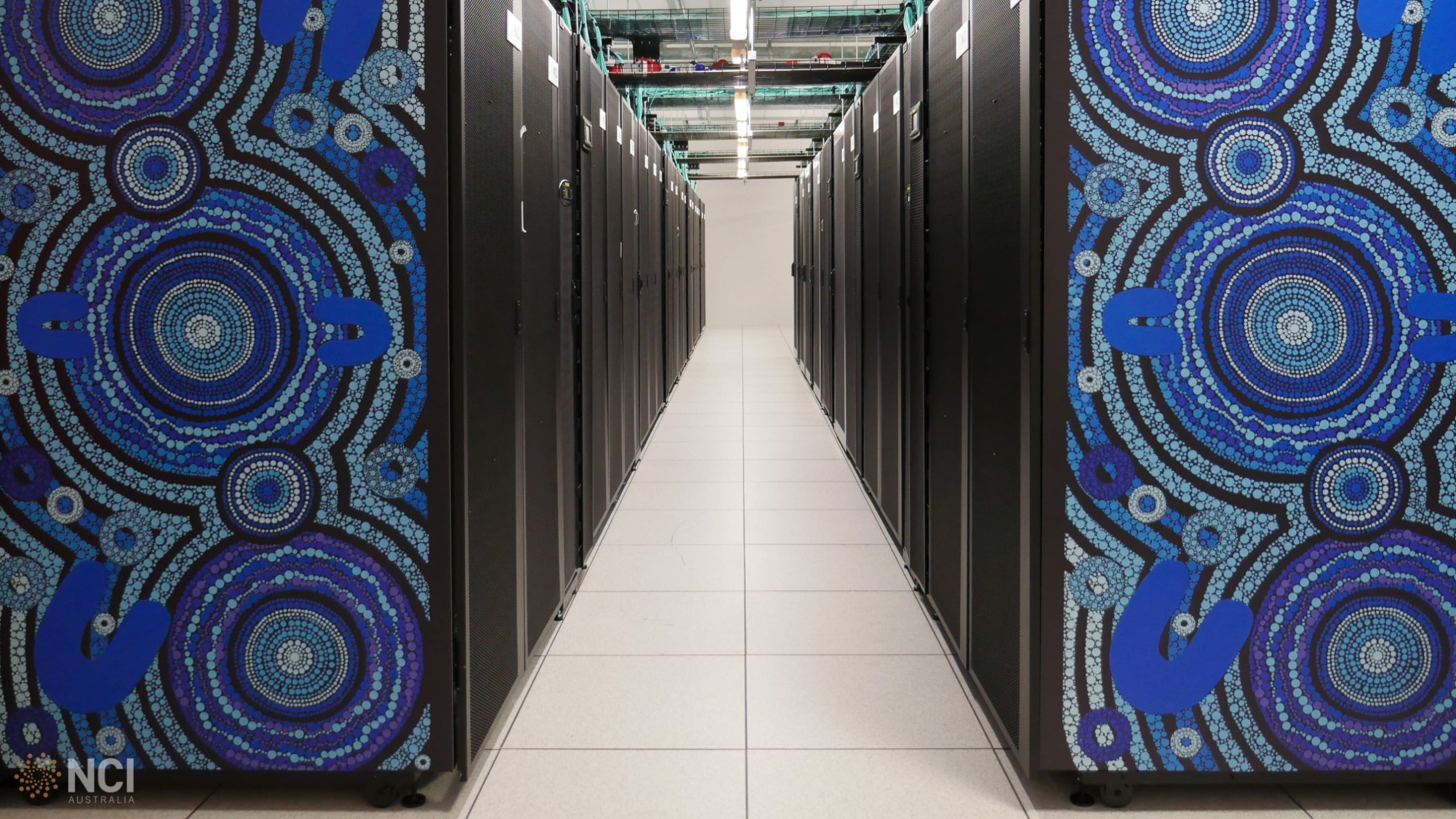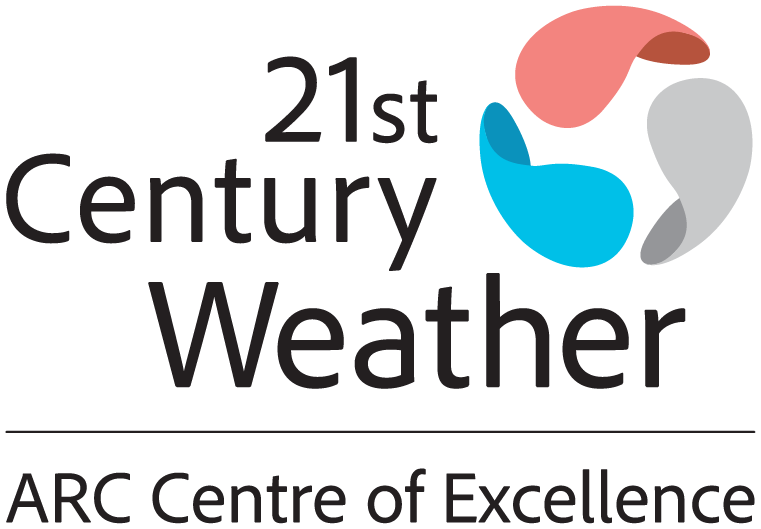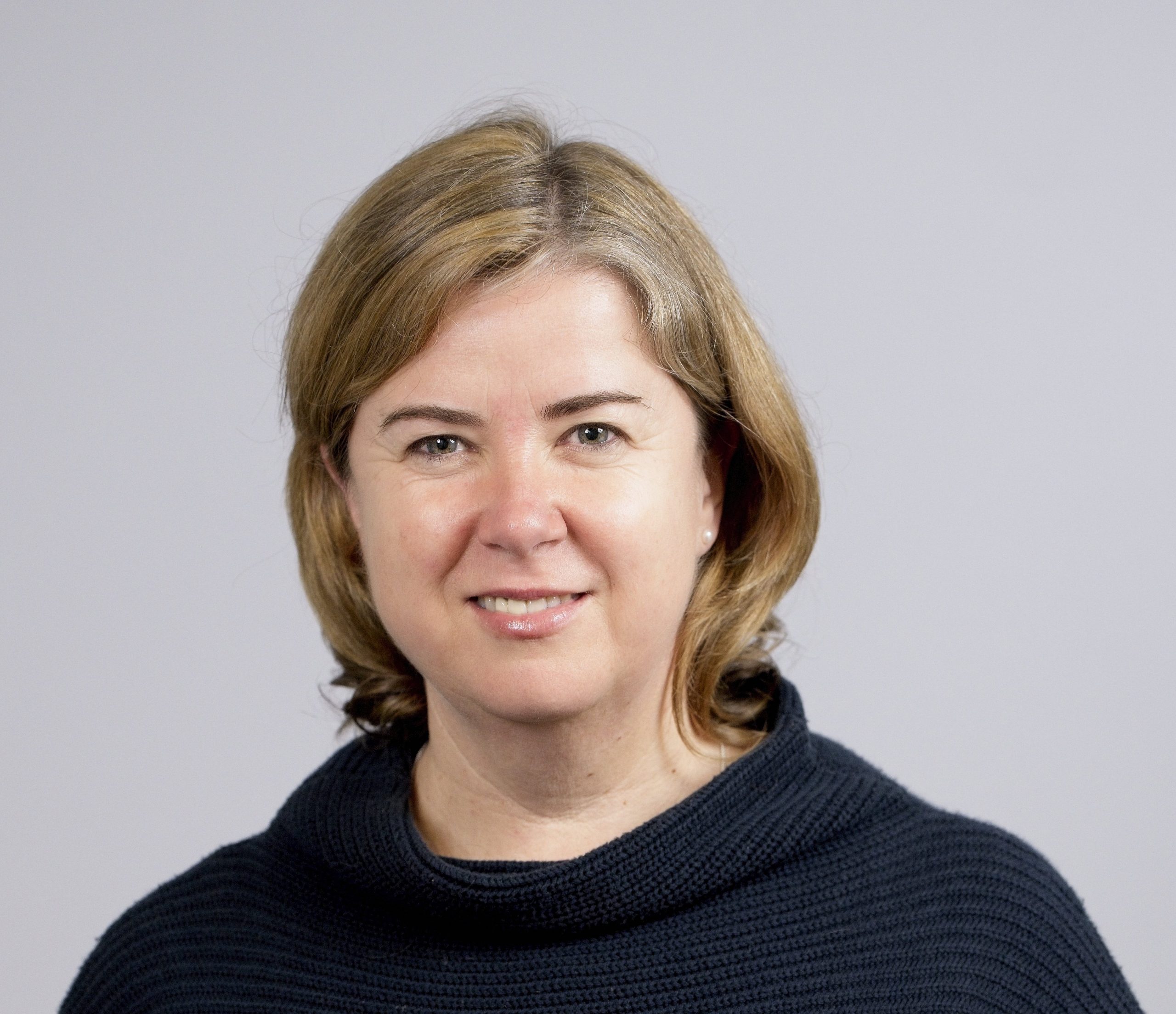
Centre Project: Modelling Science
In most current climate models, each grid space on the area being mapped is approximately 100 kilometres or larger. We describe this as ‘coarse’ grid-spacing. It’s not unlike a low-resolution or pixellated photo, taken by an old phone or digital camera. These lower resolution models are useful for many purposes, but are not able to provide accurate information about smaller scale, local weather events, like thunderstorms. To better predict weather change in Australia throughout this century, we need more accurate climate models that operate with a higher resolution. Better simulating processes at smaller scales, down to the kilometre-scale, may also improve larger scale climate modelling by overcoming long-standing systematic biases.
Knowledge Gaps
The size of the task is enormous. The weather is determined by processes that act on a vast range of scales, from that of an individual thunderstorm to that of planetary-scale circulation systems. As a result, the modelling systems we need to build must not only use small grid-spacings on the order of a few kilometres or less, they must also encompass either the entire globe or large regions covering multiple ocean basins. For the Australian region, the ocean basins directly involved in the major modes of ocean-modulated climate variability are the Pacific, Indian and parts of the Southern Ocean.
Benefits
Being able to resolve details of individual storms while also representing the multiple, large-scale weather systems they are embedded in will enable new ways to study the important interactions between them. Building ultra-high-resolution models will be nothing short of transformational. It will require us to combine scientific discovery with the large-software systems that are climate models, as well as the most advanced high-performance computing and big-data handling capabilities available in Australia. It requires new approaches to model diagnosis and interpretation, deeply rooted in and connected to advances in machine-learning and artificial intelligence.
Goals & Objectives
- Design innovative coupled model configurations and targeted experiments to support research into the role of small-scale coupling
- Understand the role of small-scale SST gradients on atmospheric phenomena, including tropical cyclones and coastal processes.
- Quantify the role of surface heterogeneity on weather systems, with emphasis on highly populated coastal regions.
















